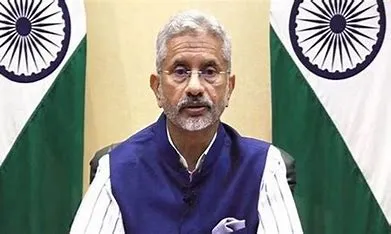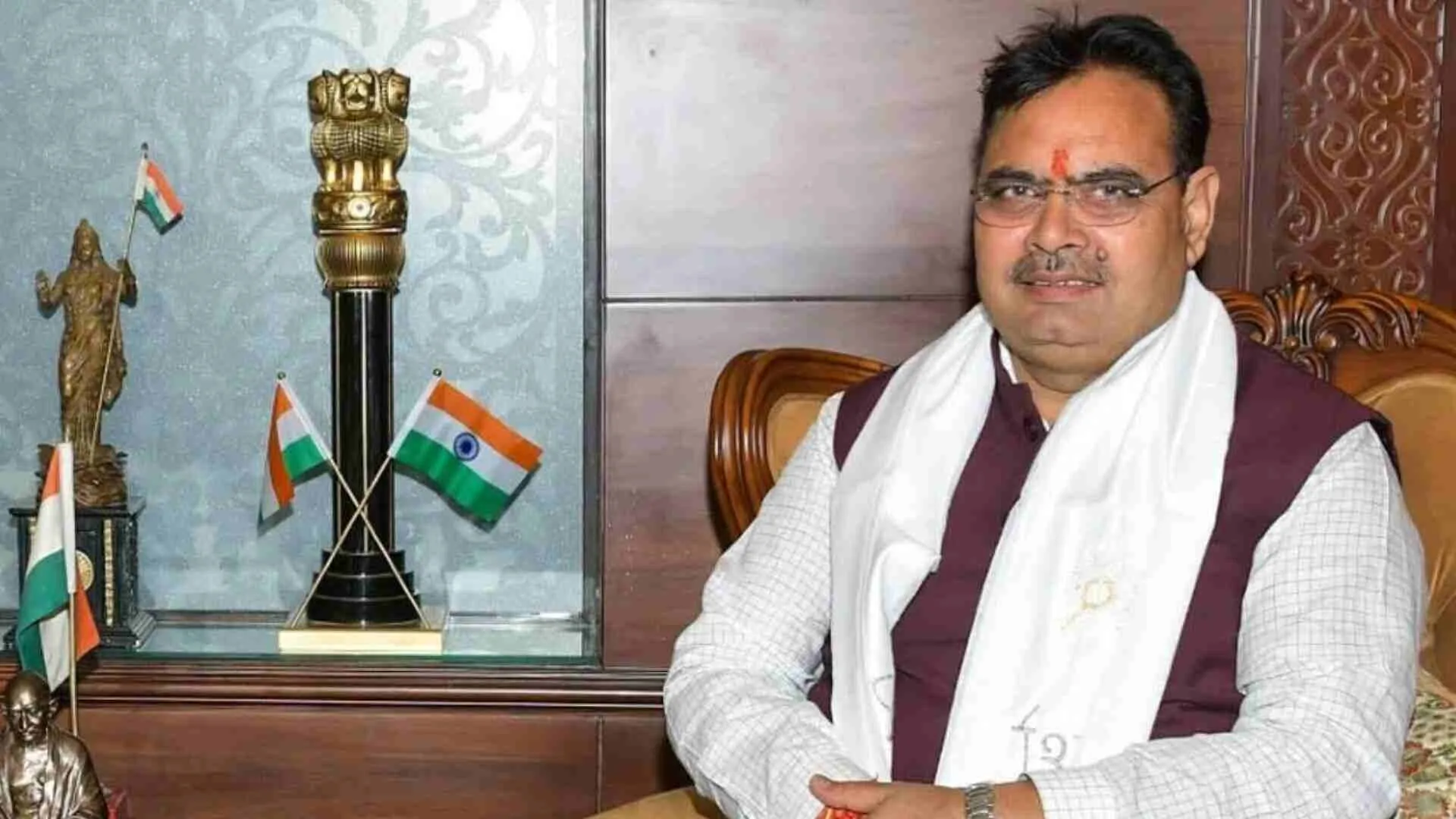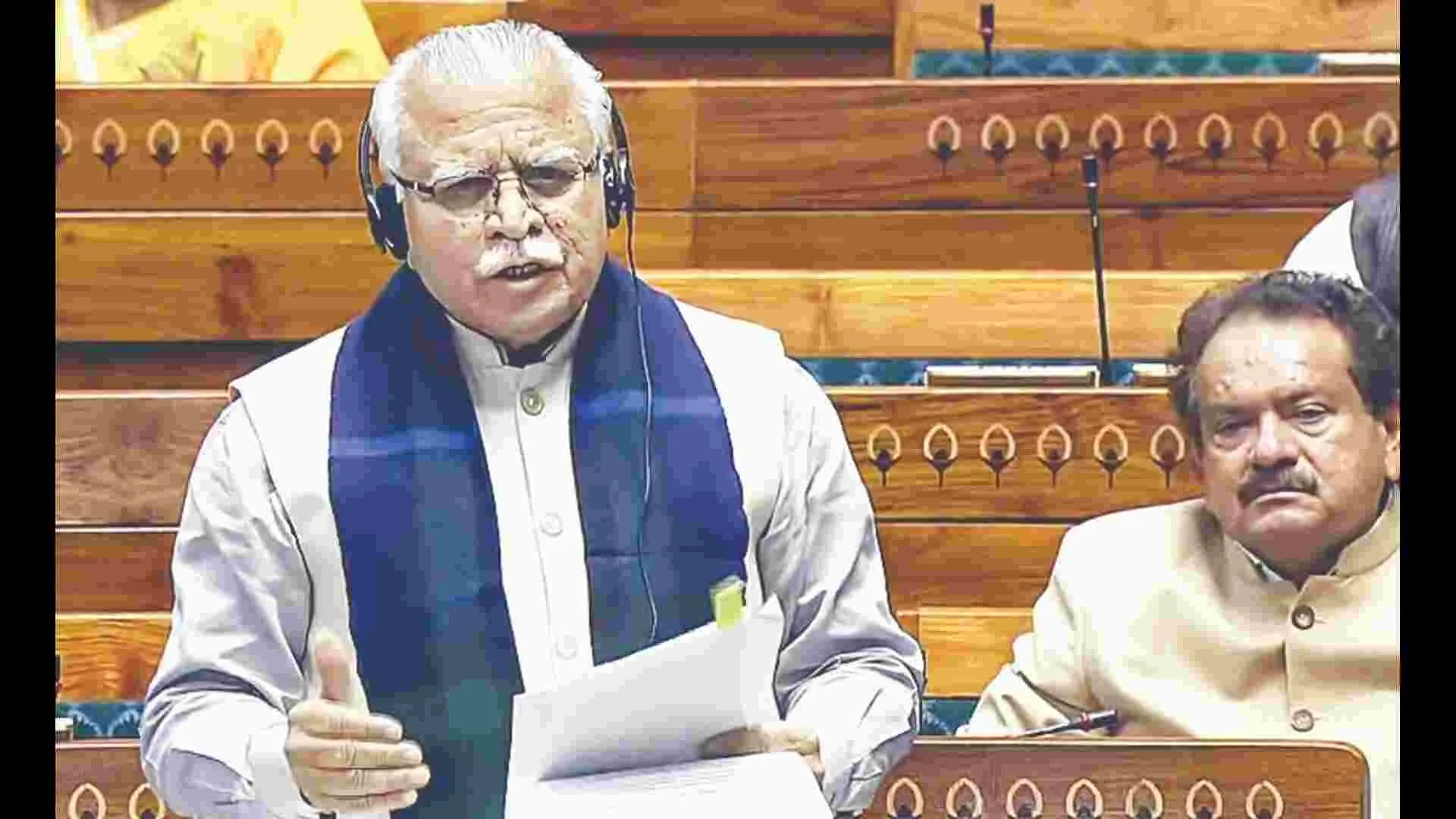The Indian insurance sector is a very old one, going back to two centuries ago. The formal regulated sector came about two decades ago with the formation of the regulator—the IRDA. The insurance reach across our country and various consumer segments is low, at 3.7% (total insurance premiums collected as a percentage of the GDP); it had been 2.71% in 2001. While the market share of private sector companies in the non-life insurance market rose from 15% in FY04 to 56% in FY21 (till April 2020), in the life insurance segment, private players had a market share of 31.3% in new business in FY20. However, over the years, efforts to develop the market have been paying off, albeit slowly.
Insurance has always been seen as a last-thought-out-of-financial-protection-product by the consumer. Most insurance products are bought by consumers without understanding the full product and how it could benefit them. While the regulator has been strict on clamping down on the mis-selling of the products, the industry has not improved its performance in simplifying communication about insurance products.
The insurance sector’s growth is impacted by various challenges, a major one being a “level of trust” whereby people delay buying insurance due to the doubt that the insurance claim will never be passed owing to some ifs and buts at the time of claim settlement. Other challenges include low awareness and poor customer experience. In terms of behavioural changes, customers look for better services, quick purchase, minimal pain-points for claim settlement and increased choices (even while buying basic products on digital channels, today’s customer is spoilt for choice with easy returns and replacements, complete transparency, value for money, reviews for the smallest of products and excellent customer service).
The new age customer, especially in the post-pandemic world, also demands more online and tech-friendly processes in terms of app-based services and innovative tech solutions to make insurance as simple as possible for the layman. For example, there exists a section of the population which would prefer the inclusion of wellness services in insurance, including tech-based fitness products, gym memberships, fitness trackers, etc, based on which premiums can be lowered for fitter policy holders. We need to encourage more innovation and consequently a wider range of products.
Demographic factors such as a growing middle class, young insurable population and growing awareness of the need for protection and retirement planning are expected to support the growth of life insurance in India. Hopefully, consumer sentiments after Covid will also help the insurance industry build a robust pipeline of newer and differentiated products to suit the various strata of the market.
The proposal in the Union Budget 2021-22 to allow FDI in the insurance sector up to 74% could augur well for the sector too. This could bring in a fresh bout of much-awaited investments for an upfront-capital-heavy sector, where domestic capital seems to have slowed down to a trickle.
INCREASING FINANCIAL LITERACY
Customers need simplicity of understanding what the product does for them and their product needs. It might be useful if the regulator can make it mandatory for insurers to have a standard policy document template like a one-page term sheet of key terms/conditions/benefits with details including whom to call for claims or to email for any clarification.
The basics of financial inclusion are to make sure that consumers have access to a choice of relevant products that suit their needs. A true “market economy” will be when these consumers can reject any product as not acceptable for them.
To be critical, the industry has been traditionally focused on developing products and selling them, rather than understanding consumer needs and solving their issues. The industry also has its dilemma of balancing quicker revenues by selling non-protection products and hence getting caught in its own market-communication web of what insurance stands for—protection or investment returns!
STANDARDISATION OF INSURANCE PRODUCTS
Regulatory inputs over the past few months during the Covid lockdown on the standardisation of products have received a mixed bag of reactions.
The IRDA has brought in a template for newer standard products across life, health and general insurance. While one of the arguments for the idea is that it could bring in some products (where none existed before), the push backs are multifold.
Indian demographics are very stratified in their composition. There are many nuances apart from age, gender and geographic and linguistic differences. The risk profiling of consumers needs a deeper analysis than it is currently (and wrongly) assumed, since each of the consumer categories might have different insurance ‘needs’.
Today’s customers are hungry for choices. To tackle the insurance sector’s challenges, improved customer services, increased activities to gain the “trust” of the customer (which is of utmost importance), quick claims processing, more innovative products which suit individual needs, transparency while selling insurance products, and efforts to increase awareness by interacting more with the customer are required. For consumers, if they don’t have choice, it does not help in increasing financial inclusion anymore!
For insurance companies, they need to block capital on every insurance policy that they underwrite. While this is the basis of the industry business model, the industry has had a plethora of schemes that they have had to participate in as part of the “financial and social inclusion” policy of the government. This comes at the cost of capital (many of these mandated products lose money!). While the large insurance companies can absorb these losses due to a large AUM as well as revenue base, the rest of the industry bears it silently.
With the standardisation of products, there could be a price war, which might not mean well for the industry as industry players below the median line would burn more capital.
a capitalist model, where participants are investing for a very long term (20 years + horizon), the insurance sector needs to encourage players to customise products on the basis of the consumer affinity groups that they wish to serve. It would benefit the development of the overall sector by encouraging a greater variety of products to be developed by the industry players. In that endeavour, probably they can be asked to serve a proportion of their new business premium from unserved consumer groups as part of insurance licence requirement.
From the regulatory side, the IRDA could encourage market development by offering speedy product approvals for newer products/under-served consumer segments that the industry creates. This could even be a time-bound approval process that could set a pace forcing the industry to keep up with product development!
Indian consumers deserve choices in products and services—one size won’t fit all. Insurance is still a “push” product in India. The industry needs to position it well as a “protection” industry and demystify its jargon and speak the language of the consumer to make the product a “pull” one. Or else, a good intention (standardisation) to build consumer trust could become plain affirmative action.
The writer is an independent markets commentator.






















